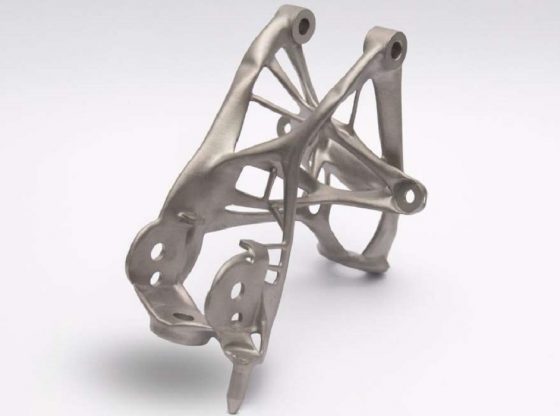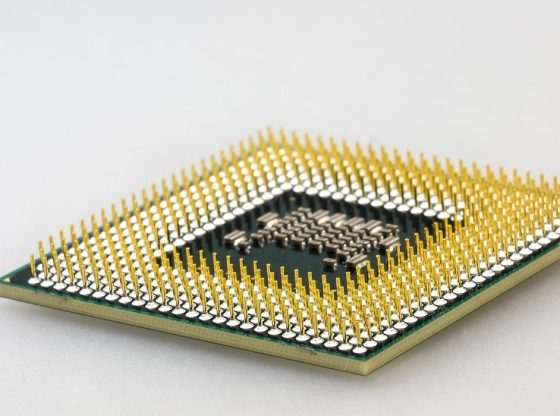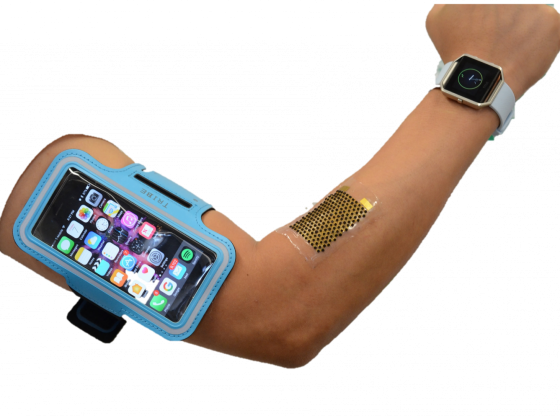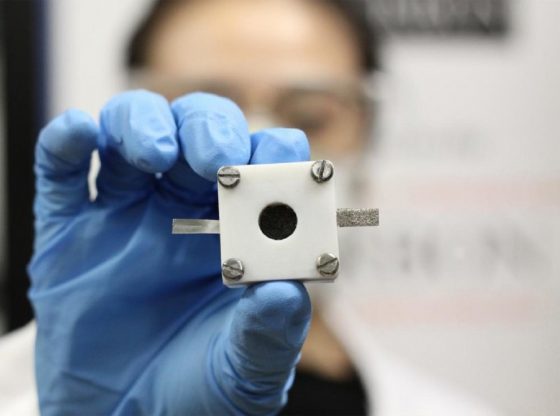A quantum encrypted video chat is a new milestone in the quest for unsearchable online communications. In a new report, Chinese researchers show how they were able to share quantum encryption keys across the world through a satellite.
In September last year, a group of Chinese researchers started a video chat with colleagues in Austria. Nothing unusual, except the fact that the video transmission was secured by unbreakable quantum encryption.
The transmission used encryption keys distributed through quantum mechanics. When the two parties communicate via the encrypted channel, the data is randomized to unrecognition and in order to read the content, the parties must have special keys to unlock the code.
What we call quantum encryption does not have much to do with quantum computers, however. Instead, it’s about ensuring that the parties receive the encryption keys without anyone being able to steal them on the way. It is then possible to guarantee that no unauthorized person can read the material or, in this case, watch the video chat.
Chinese researchers are at the forefront of the technology known as quantum key distribution, or QKD. They have tested sending the keys both through optical fiber and, as in this case, via space. In 2016, China launched the world’s first satellite designed for the replacement of quantum keys. It believed to have cost about $ 100 million to build.
Now the researchers behind the video call have published an article about the technology in the journal Physical Review Letters. It provides a unique insight into how the system works.
“They’ve demonstrated a full infrastructure,”
“They’ve connected all the links. Nobody’s done that with [quantum encryption] ever.”
– Caleb Christensen, Development Director of Quantum Encryption Company Magiq to Wired.
The quantum keys, like usual encryption keys, consist of long character sequences. It’s the transfer that distinguishes them. They are encoded in photons and cannot be read. The physicists used a quantum property of photons known as polarization, which more or less describes the orientation of a photon.
In order to pass the keys, researchers use quantum mechanically interlaced photon pairs, which retain the exact same properties, despite the fact that they are miles apart. The photon pairs are sent to the parties to communicate, comparing them to the same values.
This is done to ensure that the communication has not been intercepted. At the moment of reading a quantum particle, it changes its characteristics. So if the parties find that some photon pairs have different properties, they may recognize that their call is being intercepted.
In theory, this method can be used to share quantum keys at unlimited distances. In practice, there are major risks of interference. When trying to send keys via fiber cable, the disturbances are currently too big for “some tens of miles” according to the article. In communication with Austria, the researchers instead managed to exchange key pairs 750 kilometers away.
The technology is not yet refined. In this case, the keys were sent far in advance. Additionally, the group is unable to send the keys as quantum signals all the way. But there are certainly plenty of governments, military operators, and commercial businesses eager for completely secure and encrypted information. So it surely won’t be long before commercial versions of the Chinese technology or similar will be sold as secure communication around the world.
Reference:
Sheng-Kai Liao et al. Satellite-relayed intercontinental quantum network arXiv:1801.04418 [quant-ph]












![OpenAI. (2025). ChatGPT [Large language model]. https://chatgpt.com](https://www.illustratedcuriosity.com/files/media/55136/b1b0b614-5b72-486c-901d-ff244549d67a-350x260.webp)
![OpenAI. (2025). ChatGPT [Large language model]. https://chatgpt.com](https://www.illustratedcuriosity.com/files/media/55124/79bc18fa-f616-4951-856f-cc724ad5d497-350x260.webp)
![OpenAI. (2025). ChatGPT [Large language model]. https://chatgpt.com](https://www.illustratedcuriosity.com/files/media/55099/2638a982-b4de-4913-8a1c-1479df352bf3-350x260.webp)








